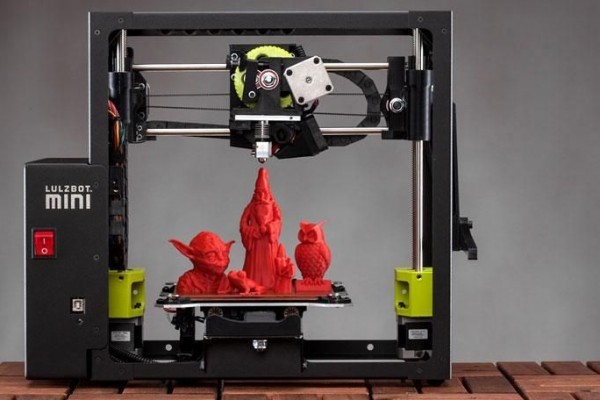The Distinction between 3D Printers and CNC Machines
Introduction:
In the realm of manufacturing and prototyping, two cutting-edge technologies have gained significant attention: 3D printers and Computer Numerical Control (CNC) machines. While both enable the creation of intricate designs and precise components, they employ distinct methodologies and offer different advantages. This article aims to explore the differences between 3D printers and CNC machines, shedding light on their unique capabilities and applications.
Manufacturing Process:
The fundamental contrast between 3D printers and CNC machines lies in their manufacturing processes. 3D printers build objects layer by layer using additive manufacturing, wherein materials are deposited to form a three-dimensional structure. In contrast, CNC machines utilize subtractive manufacturing, which involves cutting away material from a solid block to achieve the desired shape.
Design Flexibility:
When it comes to design flexibility, 3D printers hold a distinct advantage. They excel in producing complex geometries, intricate details, and curved surfaces. With 3D printing, one can create objects with hollow interiors, overhangs, and even movable parts, which would be challenging to achieve using CNC machines. In contrast, CNC machines are better suited for simpler designs with well-defined shapes, sharp edges, and flat surfaces.
Material Compatibility:
Both 3D printers and CNC machines offer compatibility with various materials, although the specific range may vary. 3D printers can work with a wide array of materials, including plastics, metals, ceramics, and even certain organic substances. On the other hand, CNC machines are typically used with solid materials like wood, metals, and plastics, which are cut away to form the desired shape. CNC machines are better equipped to handle tougher materials due to their subtractive manufacturing approach.
Speed and Efficiency:
In terms of speed, CNC machines generally outperform 3D printers. Since CNC machines remove material to shape an object, they can quickly produce precise components, especially for larger-scale manufacturing. Conversely, 3D printers build objects layer by layer, which can be a time-consuming process, particularly for intricate designs or complex structures.
Cost Considerations:
When it comes to cost considerations, the initial investment and operational expenses differ for 3D printers and CNC machines. 3D printers are generally more affordable and accessible for small-scale applications or personal use. CNC machines, on the other hand, tend to have higher upfront costs due to the complexity of their components and their ability to handle heavier-duty tasks. However, CNC machines may offer greater cost efficiency in large-scale production due to their faster processing capabilities.
Conclusion:
While both 3D printers and CNC machines have revolutionized the manufacturing industry, they have distinct characteristics that make them suitable for different applications. 3D printers excel in complex geometries, design flexibility, and compatibility with various materials, whereas CNC machines offer superior speed, efficiency, and precision for simpler designs and larger-scale manufacturing. Ultimately, the choice between the two depends on the specific requirements of the project at hand, balancing factors such as design complexity, material compatibility, budget, and desired production volume.
